Hitoyoshi-Kuma Complete Guide: A Valley 700 Years in the Making
A Valley 700 Years in the Making: Explore the Kuma Valley, a region shaped by history, nature, and tradition. From samurai-era castles to river adventures, onsen, and local cuisine, this overview covers the key highlights of this hidden valley in southern Kyushu.

Do you know Hitoyoshi? Kuma? Hitoyoshi-Kuma? The Sagara Domain? The Kuma Valley? A land of many names, tucked between many mountains.
Unless you’ve spent time living in Kyushu or have a particular fascination with rice shochu, chances are you haven’t heard of this fascinating, somewhat overlooked corner of Japan.
While much of Japan’s flat land is concentrated in coastal cities like Osaka and Tokyo, the interior is overwhelmingly mountainous. Hitoyoshi-Kuma is an exception—an isolated pocket of relatively flat terrain, an almost perfectly crescent-shaped valley carved into the heart of Kyushu. Its geographical isolation has allowed it to develop a distinct culture, untouched in ways that few other places in Japan can claim.
For over 700 years, while the rest of Japan saw warlords rise and fall, clans appointed and reappointed in an seemingly endless cycle of upheaval, Hitoyoshi-Kuma remained under the continuous rule of a single family: the Sagara. This long stretch of relative stability shaped the region’s identity, creating a cultural and historical legacy unlike any other.
This article serves as an introduction for the unacquainted—a broad-strokes overview to get you oriented. It’s also the first in a five-part series covering (1) this overview, (2) tourist spots and activities, (3) onsen, (4) Kuma Shochu, and (5) vegan food options. If you have questions or want to learn more, feel free to leave a comment.
Without further ado, let’s dive in. Hitoyoshi-Kuma, coming right up.
Where Exactly is Hitoyoshi-Kuma?
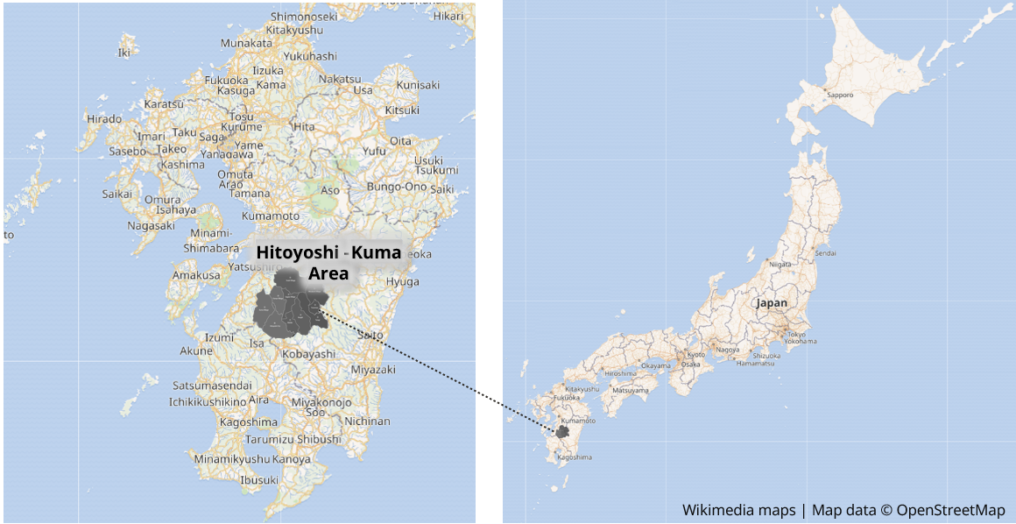
As you can see in the map above, this is where Hitoyoshi-Kuma sits—landlocked and tucked away in the mountains of southern Kyushu, a self-contained world of rivers, valleys, and deep history.
At the heart of the region lies Hitoyoshi City, the largest commercial and cultural hub. Once the seat of the Sagara clan’s rule, it housed the castle that governed the area for centuries. Today, it’s best known for its soothing hot springs, scenic river cruises along the Kuma River, and an array of historical and cultural sites that make it the natural focal point for visitors.
To the west, Kuma Village is home to Kyushu’s largest limestone cave and a particularly scenic stretch of the Kuma River, where calmer waters in between the rapids take on an almost unreal emerald hue. Not far from there, Yamae Village is famed for producing an impressive quantity of high-quality chestnuts—enough to make it a minor capital of Japanese kuri culture.
Following the Kuma River upstream, we reach Nishiki, Asagiri, Sagara, and Itsuki, where shrines and temples—some dating back to the Sagara era and even earlier—dot the landscape. In addition to the staple of rice, these towns also host of cash crops like tea, fruit and even tobacco farms, making them a good place to catch a glimpse of everyday countryside life in Kyushu, for those who like their tourism with a side of agricultural realism.
Further upstream still, we enter what could be called “Deep Kuma”—the more remote reaches of Mizukami, Yunomae, and Taragi. These villages are where river and rice field exist in perfect harmony, offering a more untouched, quiet side of the region. Mizukami, in particular, is surrounded by mountains and known for its forest therapy, an ideal escape for those in need of some nature-induced tranquility.
Hitoyoshi-Kuma: A “Japan Heritage” Site
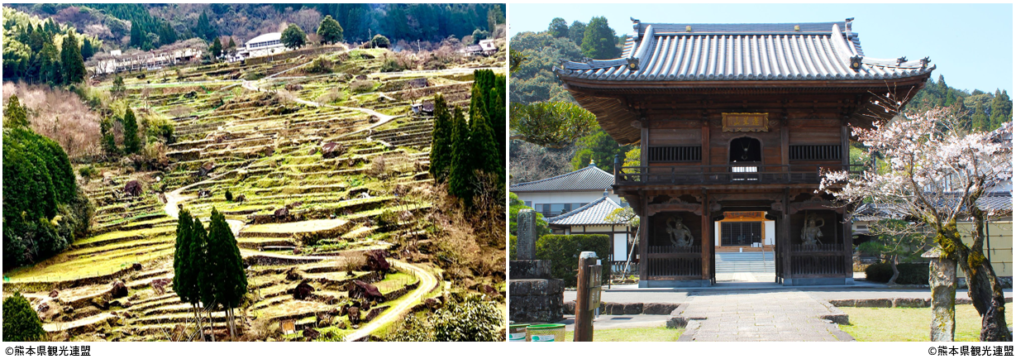
The Japanese government has officially designated Hitoyoshi-Kuma as a “Japan Heritage Site” under the rather grandiose title: “The Culture of Preservation and Innovation Fostered by 700 Years of the Sagara Clan — Japan’s Most Abundant Hidden Village.”
Quite the mouthful, but the essence is this: Hitoyoshi-Kuma is a place where history has remained remarkably intact. The Japan Heritage branding mark can be found near temples, shrines, old samurai residences, and other important landmarks throughout the region. In total, 57 cultural assets fall under this designation, including the production of Kuma Shochu, the performance art of Kuma Kagura, and an impressive collection of ancient temples and Buddhist statues.
For a place so geographically isolated, Hitoyoshi-Kuma has managed to hold onto an extraordinary number of historical sites, thanks in large part to the Sagara clan’s 700-year reign. Unlike many other feudal lords who spent their time in power waging war or getting overthrown or replaced by the central government, the Sagara ruled continuously and, in a rare display of strategic foresight, actively invested in winning the support of the local population. They sponsored the establishment and preservation of temples, shrines, and cultural practices, ensuring their longevity.
The result? Hitoyoshi-Kuma is home to approximately 80% of Kumamoto Prefecture’s thatched wooden structures designated as national or prefectural cultural properties. A case study in soft power before the term even existed.
The Sagara 33 Kannon Pilgrimage
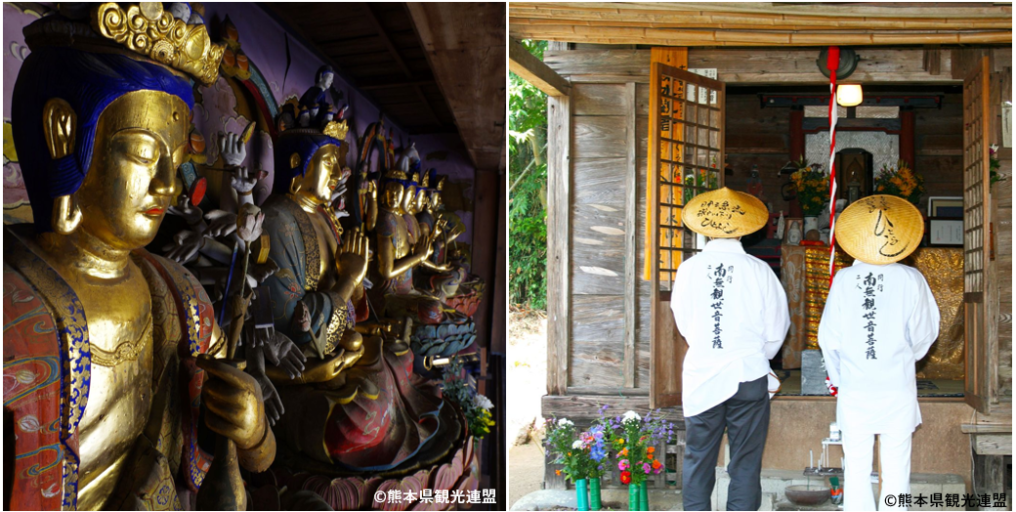
Religion and heritage in Hitoyoshi-Kuma aren’t just relics of the past—they are very much alive, woven into the rhythms of the local community. Many of the Buddhist statues enshrined in the region’s temples remain closed for most of the year, only revealed during specific periods that coincide with Higan pilgrimages. These seasonal openings attract devoted visitors from both within and outside Kumamoto Prefecture, many of whom dress in traditional white pilgrimage attire to walk the Sagara 33 Kannon Pilgrimage Route.
The pilgrimage consists of 33 official pilgrimage sites, spread across 35 Kannon halls (with the 22nd and 24th sharing a location). Established in the late 18th century, the route was created in honor of Kannon Bodhisattva’s 33 vows of compassion. Some of the Kannon statues housed within these temples date back as far as the late Heian period, serving as spiritual and cultural anchors for the community for centuries.
Pilgrimage Highlights
- Total Distance: ~100 km (mapped out on Google Maps)
- Printable Map: Available in A3 size with QR codes for navigation
- YouTube Introduction: Features videos of all 35 pilgrimage sites
For those seeking a deeper connection to Japan’s spiritual traditions, the Sagara 33 Kannon pilgrimage offers more than just temple-hopping—it’s a journey through centuries of faith, history, and devotion, all set against the quiet beauty of Hitoyoshi-Kuma’s landscapes.
Hina Matsuri (Doll Festival) in Hitoyoshi-Kuma
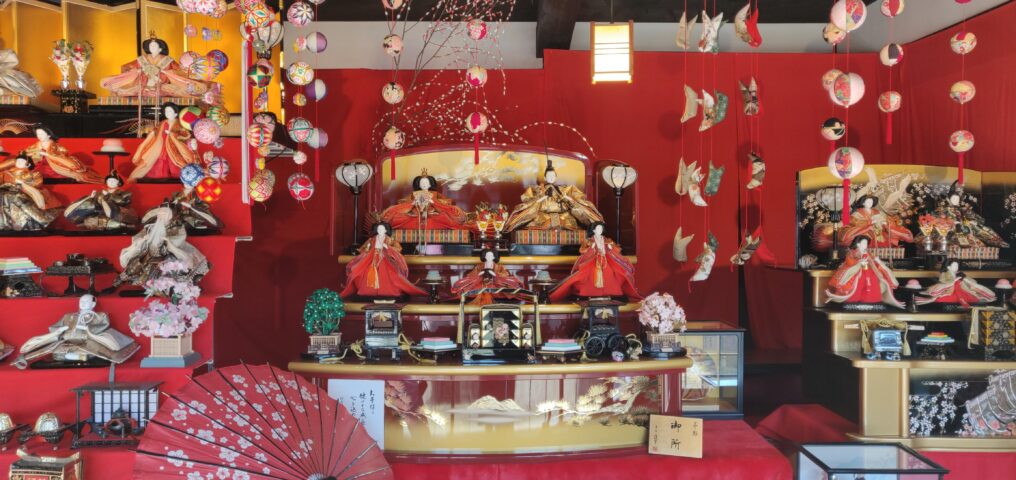
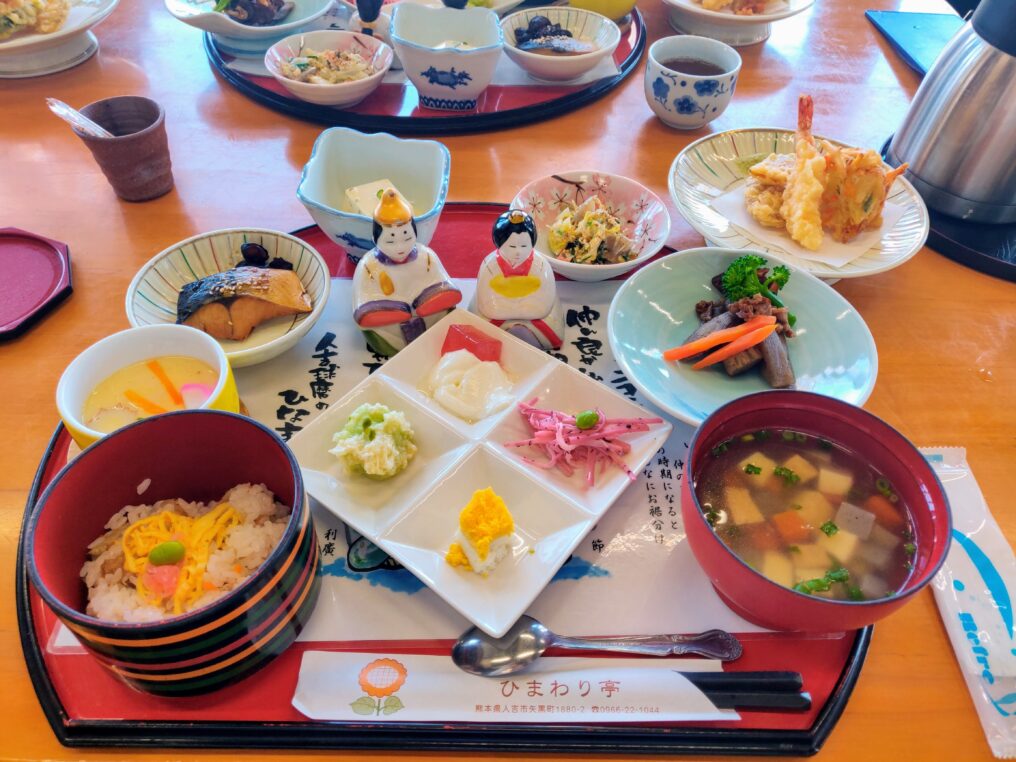
Hina Matsuri, Japan’s annual Doll Festival on March 3, is a familiar tradition across the country—families display ornate hina dolls to pray for the healthy growth of their daughters. But in Hitoyoshi-Kuma, this tradition isn’t just observed; it’s an event of serious dedication.
Throughout February, leading up to the festival, over 30 cultural and tourism facilities across the region showcase elaborate hina doll displays, some of which are striking in their scale and intricacy. Many private businesses and shopfronts also participate with vigour. If you thought you’d seen a Hina Matsuri display before, Hitoyoshi-Kuma might make you rethink that.
Seasonal Delicacies & Special Accommodations
Beyond the visual spectacle, the festival extends into the culinary and hospitality scene:
- Festival-Themed Cuisine: Many local restaurants offer seasonal lunch menus, including the elegant Ohina Gozen—a traditional multi-course meal inspired by the festival.
- Special Hina Lodging Packages: Select inns and ryokan participate in “Hina Yado” packages, which include meals themed around the festival. Even takeout options like Hina Bento and Hina Chirashi allow visitors to bring the celebration with them.
For those visiting in late winter, Hina Matsuri in Hitoyoshi-Kuma presents a unique chance to experience not just a festival, but a region that takes tradition to another level, blending culture, history, and cuisine into a truly immersive seasonal event.
Kuma Shochu

No introduction to Hitoyoshi-Kuma would be complete without mentioning its unique shochu culture. While Japan’s most internationally recognized alcoholic beverage is sake—a fermented rice wine, technically speaking—the southernmost islands of Japan have long been dominated by distilled spirits. In Kyushu, that means shochu; in Okinawa, awamori.
When distillation technology first arrived in Japan, it was initially applied to rice, essentially taking sake and refining it into something stronger. Over time, much of Kyushu branched out—Nagasaki to barley shochu, Kagoshima to sweet potato shochu—but the crescent-shaped valley of Hitoyoshi-Kuma stayed faithful to its roots. To this day, the region is home to 27 distilleries, all dedicated to preserving the tradition of rice shochu, or Kuma Shochu.
Each distillery has its own approach—variations in distillation methods, fermentation techniques, yeasts, and koji strains produce a surprisingly diverse range of flavors and aromas, despite all being made from the same core ingredients of rice and water from the Kuma River basin.
If you want the full experience, you have options:
- Drink like the locals: Order a glass (or several) at one of Hitoyoshi’s izakaya and try to keep pace—if you dare.
- Take home a bottle: Many varieties of Kuma Shochu are available for purchase as souvenirs.
- Go behind the scenes: Several of the 27 distilleries offer tours and tastings, giving visitors a closer look at the craftsmanship behind this storied drink.
For more on Kuma Shochu and distillery tours, check out our full article on the subject.
Activities and Outdoor Adventures
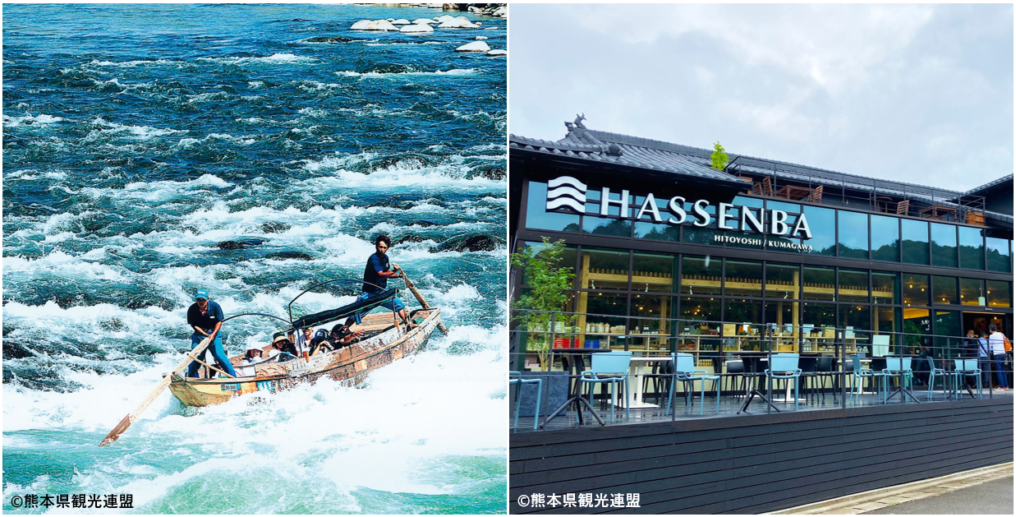
Surrounded by the towering Kyushu Mountains and shaped by three pristine rivers—the Kumagawa, Kawabe, and Maegawa Rivers—the Hitoyoshi-Kuma region is a natural playground. Whether you’re after heart-pounding thrills or a peaceful escape, the region offers a range of outdoor activities including…
- Whitewater Rafting & River Cruises – Whether you’re seeking an adrenaline rush or a leisurely float, the Kuma River has options for all thrill levels.
- Stand-Up Paddleboarding (SUP) – Paddle along the calmer sections of the river, taking in the scenery from the water.
- Bungee Jumping in Itsuki – Take a 66-meter plunge off a bridge with the emerald-green Kawabe River rushing below.
- Cycling Routes – Hitoyoshi-Kuma’s scenic cycling trails take you through rice fields, forests, and riverside paths, offering a closer look at the area’s natural beauty. Hassenba offers rental e-bicycles for efficiently exploring the Hitoyoshi City area as well.
- Hyoho Taisharyu offers an opportunity to train in an ancient samurai swordsmanship school. Learn traditional techniques in a private session with a skilled practitioner and experience firsthand the discipline and philosophy of the samurai.
For those looking for a starting point, Hassenba (Google Maps link) serves as a hub of activity, providing information as well as being a launching pad for river-related experiences and adventure tourism.
For more details on these and other activities, check out our full article on Hitoyoshi-Kuma’s outdoor experiences.
Foodie (and Vegan-) Friendly

One of the greatest joys of traveling is discovering local flavors, and Hitoyoshi-Kuma is no exception. From freshwater delicacies to centuries-old culinary traditions, this region offers a range of dishes that food lovers won’t want to miss.
Interestingly, the local tourism board is actively promoting vegan tourism, encouraging restaurants to develop vegan-friendly menus for overseas visitors. But more on that later—for now, let’s start with the must-try non-vegan specialties that have long defined the local food scene.
Local Specialties
Ayu (Sweetfish) Dishes
With the Kuma River at the heart of local life, it’s no surprise that ayu (sweetfish) is a staple here. On any given day, you’ll likely spot locals fishing along the riverbanks, rods in hand—evidence of just how abundant ayu are in these waters.
Ayu can be found at local restaurants, in eki-ben (train station bentos) as a type of sushi, supermarkets, and ryokan, often served grilled as part of a traditional full-course meal. Whether skewered and charred over an open flame or prepared more delicately, it’s a must-try.
Unagi (Grilled Eel)
Hitoyoshi-Kuma is home to some of Kyushu’s finest unagi (grilled eel), where the preparation is an art form—freshly caught eel, grilled over charcoal, basted in a secret sauce, and served over rice. Recommended Spot: Uemura Unagiya (上村うなぎ屋) [Google Maps]
An Emerging Vegan Scene
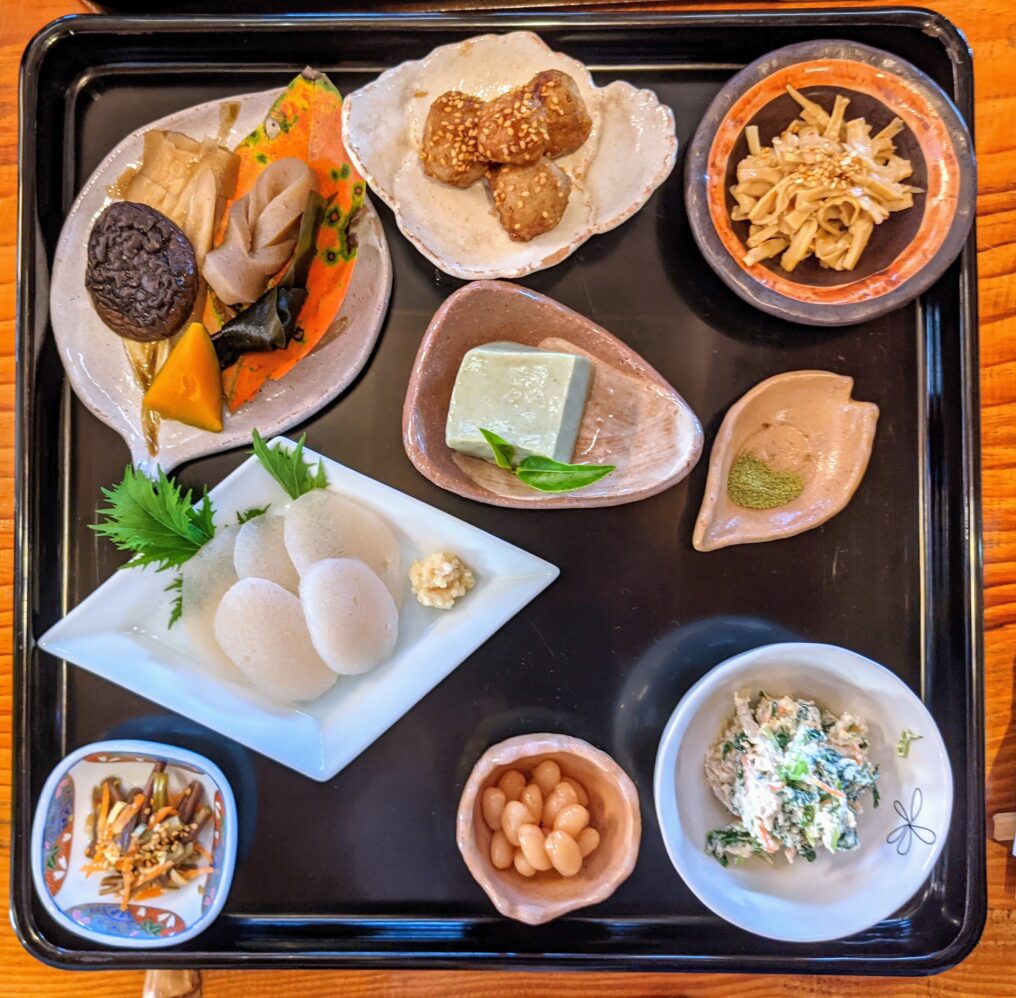
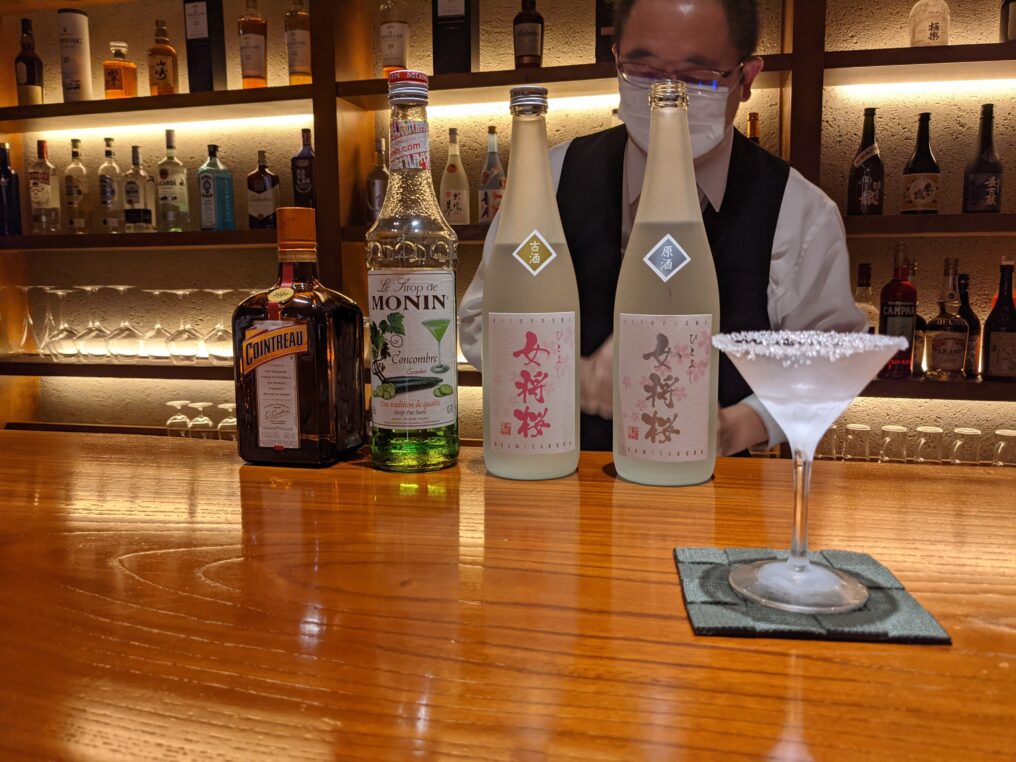
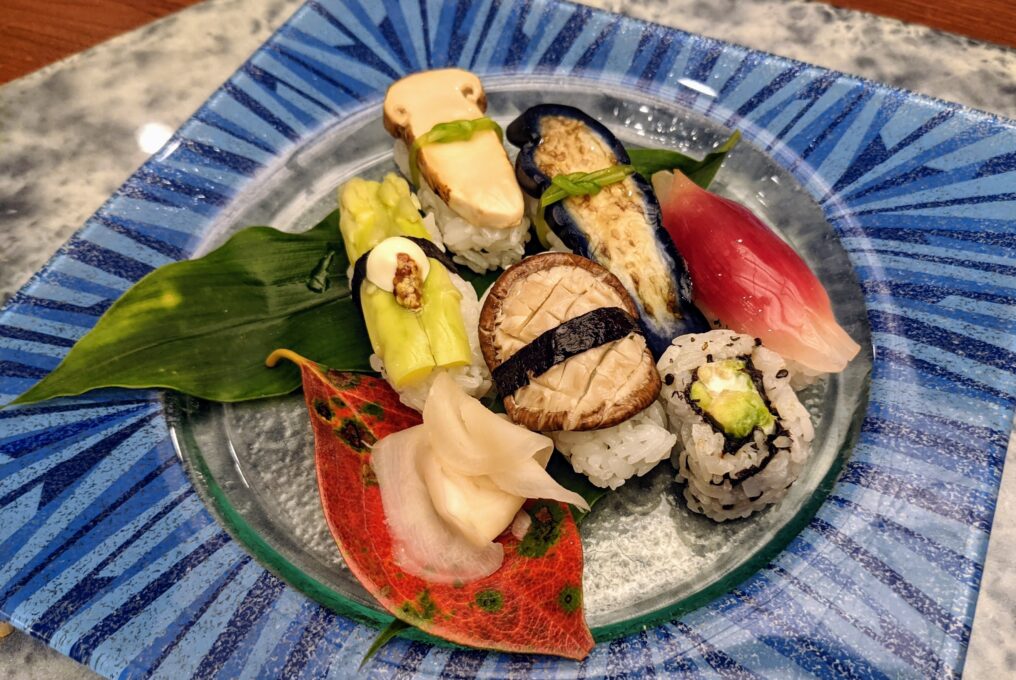
Japan isn’t exactly known for being a vegan paradise, but Hitoyoshi-Kuma is proving to be an exception. The regional tourism board has gone all-in on vegan-friendly tourism, encouraging hotels, farmstays, small businesses, and even local food culture matriarchs to develop vegan menus. While not every establishment has embraced the movement, it’s remarkable that such a small, rural corner of Japan is leading the charge in plant-based dining.
Among the standout experiences:
- Vegan Kaiseki at Ayu no Sato Ryokan – A beautifully curated multi-course meal featuring vegan sushi, artful seasonal dishes, and even vegan-friendly cocktails. A rare find, even in Japan’s high-end dining scene.
- Local Plant-Based Cuisine Lessons at Himawari-tei, a cross between community center and local cafeteria.
- Traditional Farmstead “Chanomi” Experience – A rustic, home-style meal prepared at a local farmstay, showcasing the depth and variety of Japan’s plant-based rural cuisine.
For more details on vegan-friendly restaurants, lodging, and experiences, check out our full article on vegan food in Hitoyoshi-Kuma.
Hitoyoshi Onsen
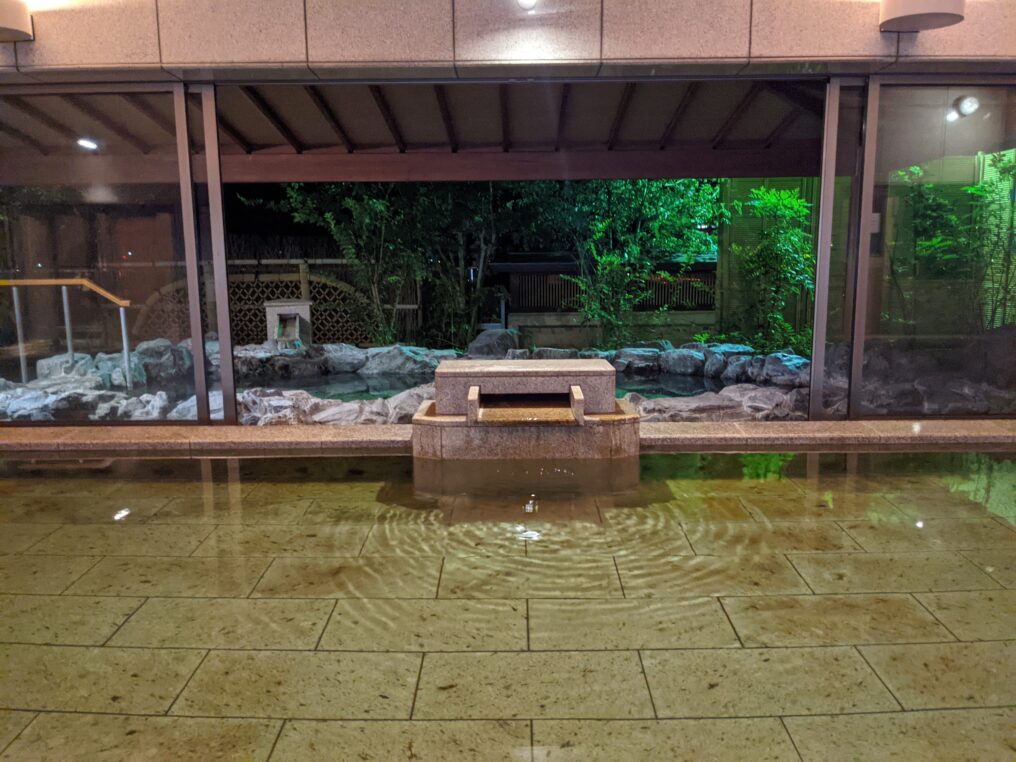
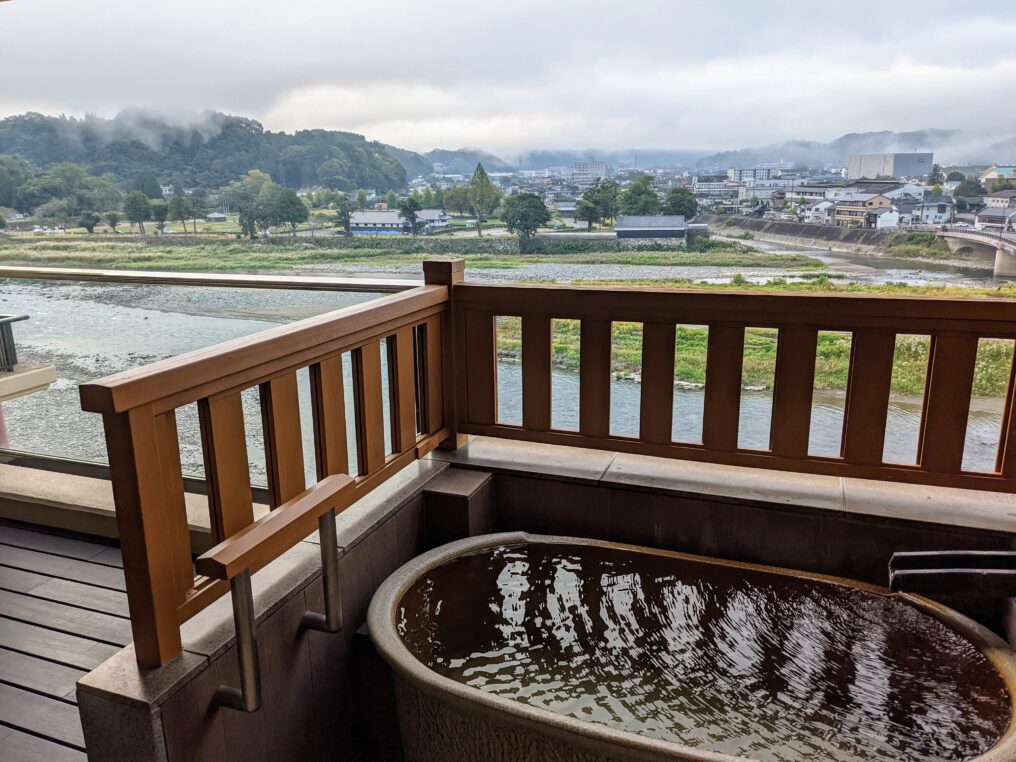
Hitoyoshi Onsen is one of Kyushu’s lesser-known yet deeply cherished hot spring regions. While the exact origins are uncertain, records show that as early as 1492, the Sagara clan’s 12th ruler was already using these waters for therapeutic bathing.
The modern era of Hitoyoshi Onsen as a hot spring destination began in 1910, and today, the region boasts over 50 natural hot springs sourced from weakly alkaline bicarbonate waters famed for their silky feeling and non-sulfuric quality.
From simple neighborhood sento to luxurious riverside retreats, Hitoyoshi-Kuma’s onsen culture is as rich as the rest of its history.
For recommendations on specific onsen to visit, check out our full article on Hitoyoshi-Kuma’s best hot springs.
Disaster Recovery & Revitalization: A Region Reborn

As you may have gathered from the frequent mentions of the Kuma River, this waterway is the defining geographic feature of Hitoyoshi-Kuma. But in July 2020, it also became the source of tragedy.
After a period of prolonged heavy rainfall, the river broke its banks, flooding much of Hitoyoshi City and surging downstream, devastating communities in Kuma Village, Sakamoto Town (Yatsushiro), and Ashikita Town. The disaster left deep scars—both physical and emotional—across the region, and also affected many of the businesses and destinations mentioned earlier in the article.
Now the region is channeling its recovery efforts into a sustainable tourism model, though initiatives such as the promotion of “Wellness Tourism” – positioning the region as a place of healing and renewal, offering experiences that promote well-being in harmony with nature and other sustainable tourism initiatives to create regional resilience.
How to Get to Hitoyoshi-Kuma
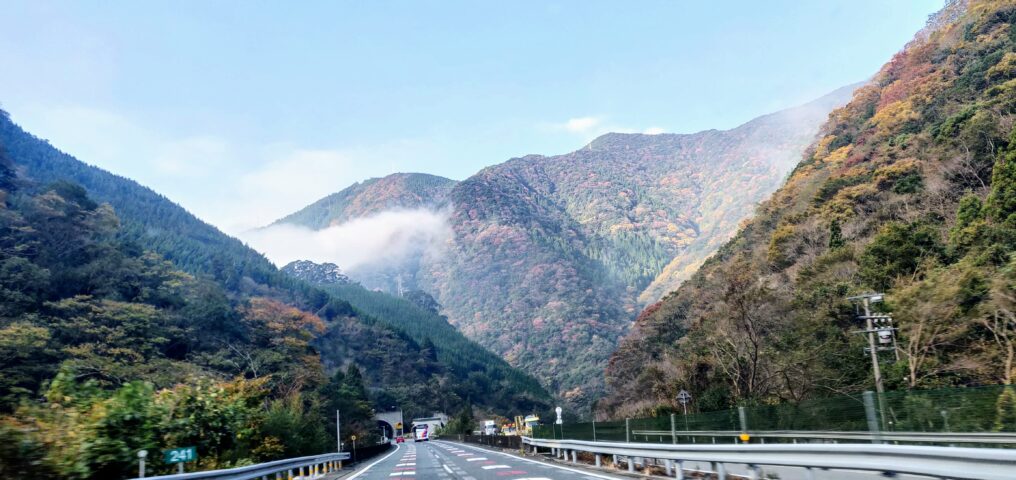
The easiest way to reach Hitoyoshi-Kuma is by taking the Kyushu Shinkansen from Kumamoto Station to Shin-Yatsushiro Station. From there, transfer to a bus bound for Miyazaki Station, and get off at Hitoyoshi Interchange. It’s then either a 25-minute walk or a short bus ride to Hitoyoshi Station.
That said, public transportation within the region, while it exists, is limited, and bus routes between towns can be infrequent. If you’re planning to explore areas outside of Hitoyoshi City proper, renting a car is highly recommended—it will give you the freedom to experience the region at your own pace.
For more detailed transport information regarding routes and travel times, check out the guide official Hitoyoshi-Kuma website: Hitoyoshi-Kuma Access Guide
Discover Hitoyoshi-Kuma for Yourself
Hitoyoshi-Kuma is a place where history, nature, and culture quietly thrive—a valley shaped by centuries of tradition, yet evolving in unexpected ways. Whether you’re drawn by rugged outdoor adventures, deep samurai history, legendary hot springs, or a surprisingly progressive food scene, there’s more to this region than first meets the eye.
This article is just the beginning. For a deeper dive into Hitoyoshi-Kuma, check out the rest of our series:
🔹Top Things to Do in the Kuma Valley – Castles, rivers, samurai experiences, and bungee jumps—take your pick.
🔹10 Onsen in the Kuma Valley – Where to soak in the region’s onsen culture.
🔹Kuma Shochu: The Spirit of the Valley – Everything you need to know about the local rice shochu tradition.
🔹 Vegan in the Kuma Valley: A Rural Shift Toward Plant-Based Cuisine – A look at the region’s unexpected embrace of plant-based food.
From hidden heritage sites to culinary discoveries, restorative hot springs, and adrenaline-fueled adventures, Hitoyoshi-Kuma rewards those who take the time to explore. See it for yourself.


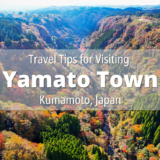
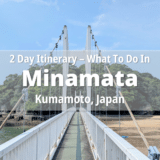
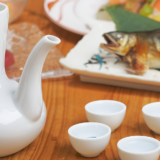
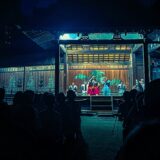
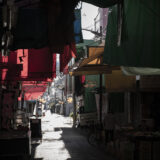
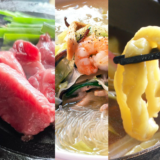
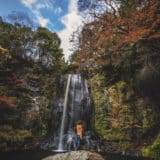



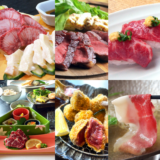
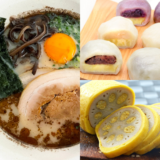
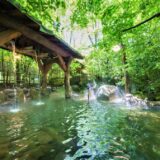

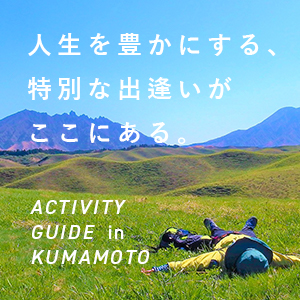

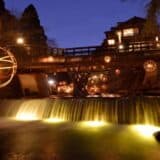



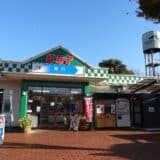
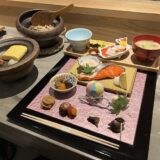



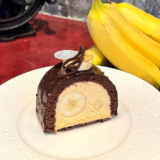

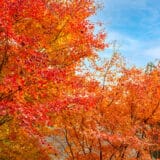

[…] 🔹Hitoyoshi-Kuma Complete Guide: A Valley 700 Years in the Making – A broad look at the area’s history and geography.🔹10 Onsen in the Kuma Valley – Where to soak in the region’s onsen culture.🔹Kuma Shochu: The Spirit of the Valley – […]
[…] Hitoyoshi-Kuma Complete Guide: A Valley 700 Years in the Making […]
[…] 🔹 Hitoyoshi-Kuma Complete Guide: A Valley 700 Years in the Making – A broad look at the area’s history and geography.🔹10 Onsen in the Kuma Valley – Where to soak in the region’s onsen culture.🔹 Top Things to Do in the Kuma Valley […]
[…] 🔹Hitoyoshi-Kuma Complete Guide: A Valley 700 Years in the Making – A broad look at the area’s history and geography.🔹Top Things to Do in the Kuma Valley – Castles, rivers, samurai experiences, and bungee jumps—take your pick.🔹10 Onse […]